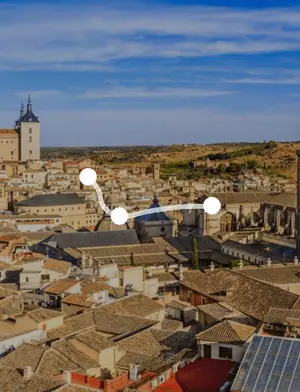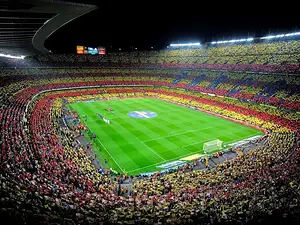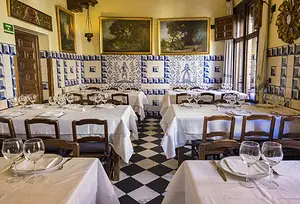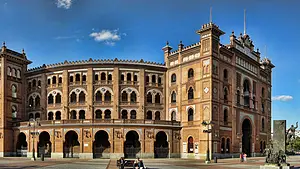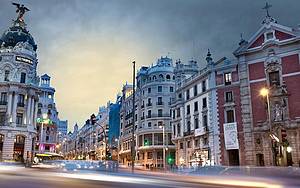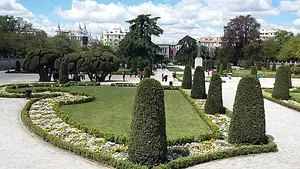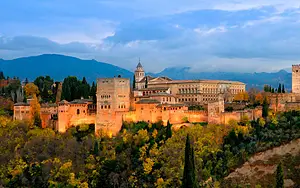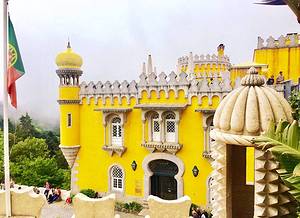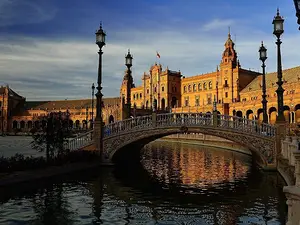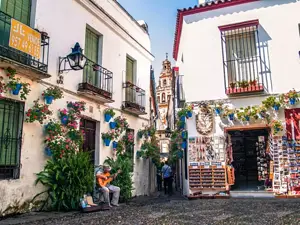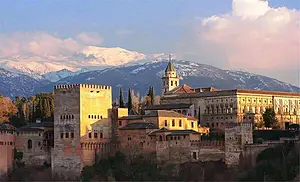Acueducto, A Timeless Marvel of Roman Engineering
Plaza del Azoguejo, 1, Segovia
4.7
Introduction
The Segovia Aqueduct, which is 813 meters long and made up of 148 arches that are 30.25 meters above the ground, was built by ancient Roman engineers around 50 AD. The aqueduct is constructed of tan granite, with two layers and is incredibly strong and durable. Its purpose was to bring water from the Frio River, 18 kilometers away, into the city for drinking, and to achieve this, the engineers created a canal with an average slope of 1%. The only natural obstacle was how to cross the Cramor River, which they did using large blocks of brick and stone, divided into four parts. The aqueduct is made up of double-layered arches, supported by 128 pillars, with a canal at the top that still flows today. The initial section was 30 X 30 cm, but in the late 15th century, the bishop ordered the repair and widening of the aqueduct to its current size. The top was rebuilt as a cement trough in 1929-1930, causing significant damage to the original structure. The Segovia Aqueduct is a stunning dual-architectural masterpiece embedded in the grandeur of the ancient city, and it has become a proud symbol of Segovia. In recent years, artifacts from the pillars of the aqueduct have unearthed evidence that the Segovia aqueduct was built around 50 AD. Address Plaza del Azoguejo, 1, Segovia
 The Great Aqueduct of Rome is a masterpiece of human architecture
The Great Aqueduct of Rome is a masterpiece of human architecture